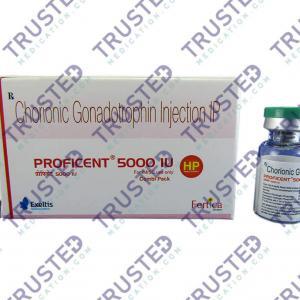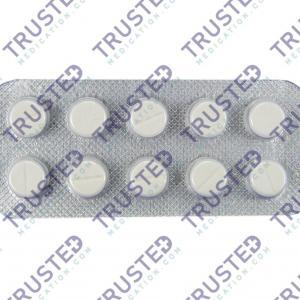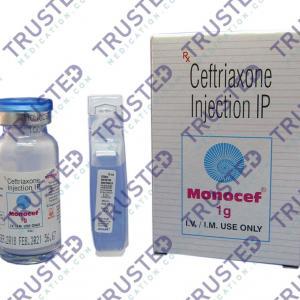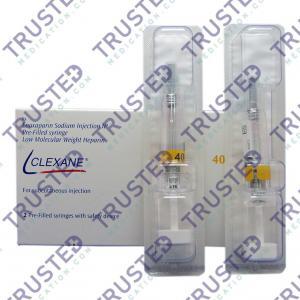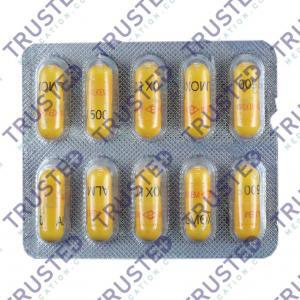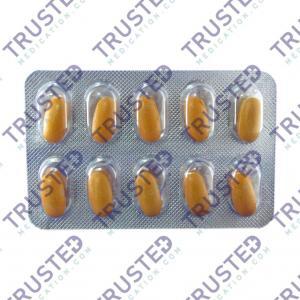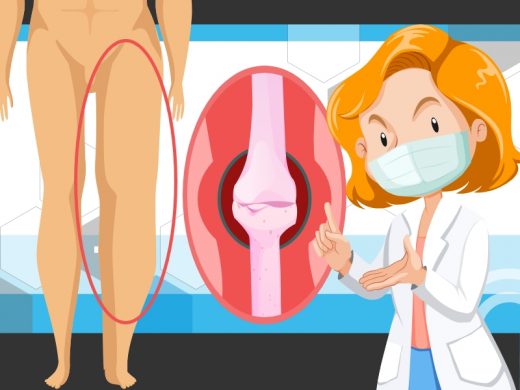
Lymphedema occurs when an accumulation of protein-rich fluid develops in tissues causing swelling. It’s drained by the lymphatic system. It most commonly affects the arms or legs, but can also occur in the chest wall, abdomen, neck, and genitals. Lymph nodes are an important part of your lymphatic system.
When your lymph nodes are removed or damaged by cancer treatments, you can develop lymphedema. Any type of problem that blocks the drainage of lymph fluid can cause lymphedema. Patients with severe lymphedema have difficulty moving the affected limb, are more likely to suffer from skin infections and sepsis, and are more likely to develop skin changes and breakdown.

Lymphedema Symptoms
Signs and symptoms can range from mild to severe. It includes:
- Swelling of part or all of the arm or leg
- Swelling of fingers or toes
- A feeling of heaviness or tightness
- Limited range of motions
- Reoccurring infections
- Fibrosis or hardening and thickening of the skin
Seek immediate help from your medical provider if swelling persists or reoccurs. If you already have lymphedema, inform your doctor if swelling continues.
Causes of Lymphedema
Lymph fluid moves through the lymph vessels due to muscle contractions and pumps found inside the lymph vessels as you move throughout your day. Often caused by clogged lymph vessels, lymphedema occurs when lymph fluid cannot be adequately drained from an arm or leg. The most common causes of lymphedema include:
- Cancer. If cancer cells block lymph vessels, lymphedema may result. Tumors that grow near lymph nodes or lymph vessels can enlarge sufficiently to impede the flow of lymph fluid.
- Radiation treatment for cancer. Radiation can cause scarring and inflammation of lymph nodes or lymph vessels.
- Surgery. In cancer surgery, lymph nodes are often removed to see if the disease has spread.
- Parasites. Among developing countries in the tropics, threadlike worms that clog lymph nodes are the most common cause of lymphedema.
Risk factors of lymphedema include obesity as excess weight increases your risk of the condition. Being at an older age and having rheumatoid arthritis is also a risk factor.
Diagnosing Lymphedema
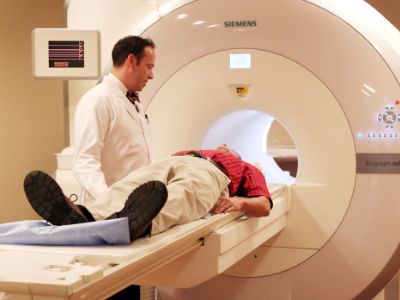
Your doctor may diagnose lymphedema based on your signs and symptoms. A doctor may order imaging tests to examine your lymph system if the cause of your lymphedema is not as obvious. Tests may include:
- MRI scan. An MRI produces high-resolution images of the involved tissues by using magnetic fields and radio waves.
- CT scan. Through this X-ray technique, detailed images of the body’s structures can be obtained and blockages in the lymphatic system can be revealed.
- Ultrasound. This test uses sound waves to produce images of internal structures. By scanning the lymphatic and vascular systems, the device can detect obstructions.
- Lymphoscintigraphy. The resulting images show the dye moving through the lymph vessels, highlighting blockages.
Treatment for Lymphedema
Lymphedema greatly increases the risk of skin infection so your doctor may recommend antibiotics to manage the symptoms. Treating lymphedema includes therapy, lifestyle changes, and surgical procedures. You can also use veinotonic products such as:
- Gingko Plus (Natural product)
- Veinaxyne to improve circulation

